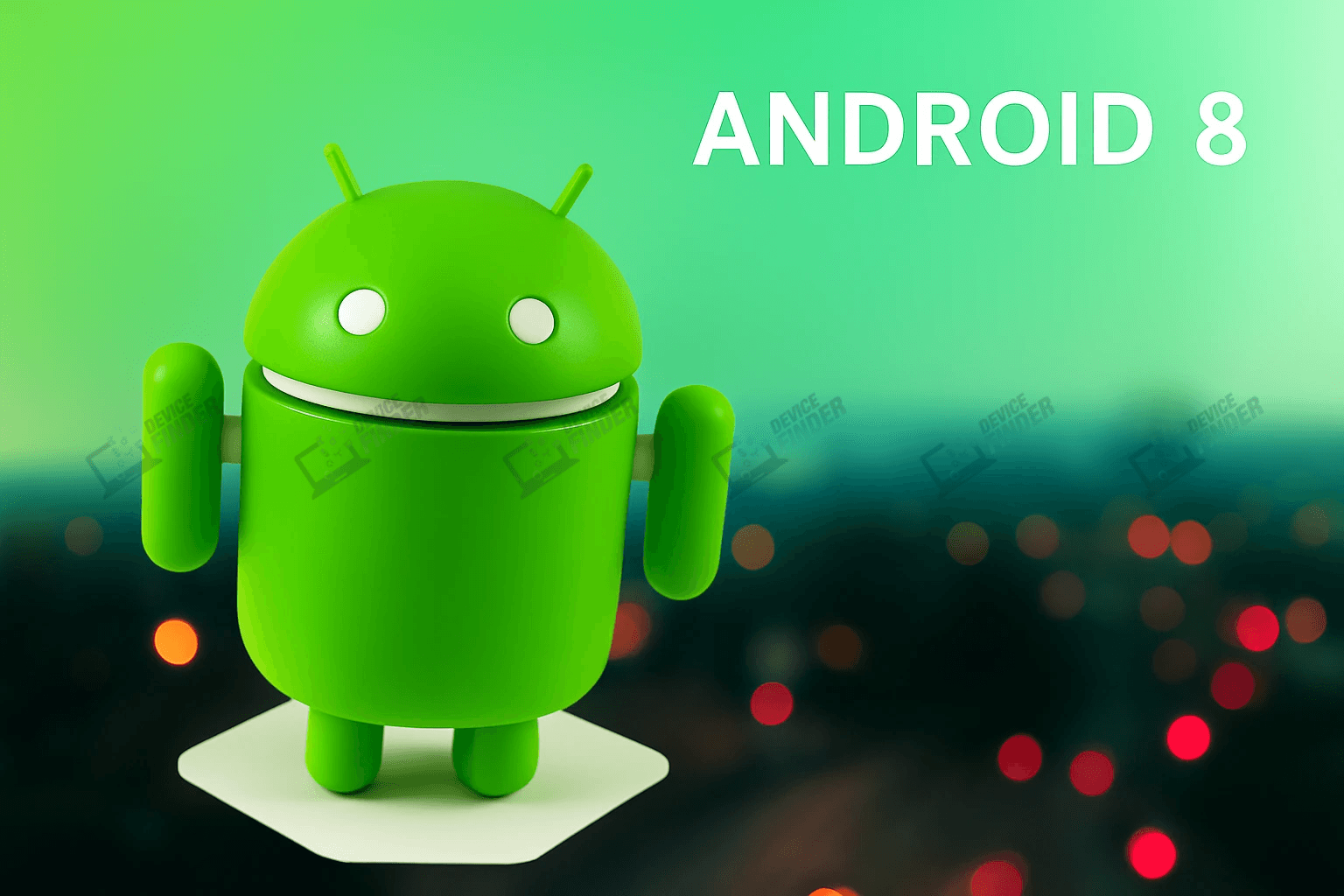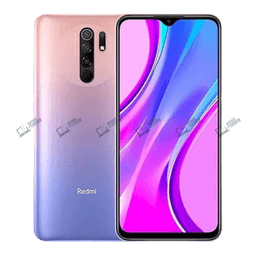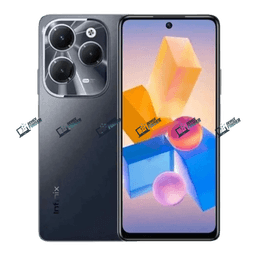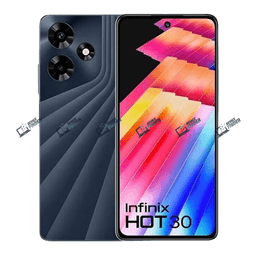
Android 8: The Foundation of Modern Android
Android 8, officially known as Android Oreo, was released in August 2017 and played a crucial role in shaping the modern Android ecosystem. Unlike its predecessor, Android 7 Nougat, which focused on multitasking and notification improvements, Oreo centered on speed, efficiency, and reliability. It brought features like Picture-in-Picture (PiP) mode, Notification Dots, and the Autofill framework, making smartphones smarter and more user-friendly. In markets such as Bangladesh, where most people rely on budget and mid-range smartphones, Android 8 delivered optimizations that made everyday usage smoother and more responsive. Building on that foundation, Android 9, released in August 2018, introduced a more intuitive interface with gesture-based navigation, adaptive battery management, and digital wellbeing tools. These enhancements not only improved performance but also encouraged healthier smartphone usage habits, reflecting a shift toward user-centered design in the Android ecosystem.
Android 8 Release Date and Availability
Google officially launched Android 8.0 Oreo on August 21, 2017, beginning with its Pixel and Nexus devices. Soon after, major flagship phones such as the Samsung Galaxy S8/S8+, Note 8, and OnePlus 5 received the update. In Bangladesh, flagship owners enjoyed the Oreo experience by the end of 2017, while mid-range and budget devices gradually rolled out updates throughout 2018. Users could install the update through the usual path: Settings > System > Software Update > Download and Install, provided the phone had enough battery and a stable Wi-Fi connection. While later versions like Android 9 and Android 10 leaned heavily on AI-driven enhancements, Android 8’s focus on stability and reliability laid the groundwork for those innovations.
What’s New in Android 8
Android 8 introduced several features that changed the way people interacted with their phones. Picture-in-Picture mode allowed users to watch videos or make video calls while using other apps, making multitasking much easier. Notification Dots gave quick visual cues about pending updates, and users could long-press icons for more actions. Another major feature was the Autofill framework, which simplified logging into apps by saving and suggesting usernames and passwords. Smart Text Selection used machine learning to recognize addresses, phone numbers, and names, suggesting relevant shortcuts like calling or opening maps. To ensure better performance, Android 8 also introduced background app limits, which reduced unnecessary processes and improved both speed and battery life.
AI Features in Android 8
Although not as advanced as Android 9’s adaptive AI features, Android 8 still integrated early AI-driven improvements. The Autofill system learned user preferences over time, while Smart Text Selection recognized patterns and context to make actions faster. These small but meaningful steps made Android 8 feel more intelligent compared to earlier versions. For users in Bangladesh, especially those relying on affordable devices, this meant smoother performance, more efficient multitasking, and easier day-to-day usage.
Privacy and Security Enhancements
Security and privacy were major priorities for Android 8. Google introduced Google Play Protect, a built-in system that automatically scanned apps for harmful behavior, reducing the risks of malware. The update also strengthened app permissions and introduced Verified Boot, which ensured that the system had not been tampered with. Encrypted backups became more reliable, providing safer storage for personal data. These improvements were particularly important in Bangladesh, where many users rely on free apps that often include ads and third-party trackers.
Real-World Applications in Bangladesh
In Bangladesh, Android 8 made a noticeable difference in how smartphones were used. Apps like bKash, Daraz, and Pathao performed more smoothly thanks to optimized background management, while PiP mode transformed the way people used video apps such as YouTube or WhatsApp video calls. Gamers also benefited because the operating system freed up more system resources, reducing lag on budget devices. Overall, Android 8 made everyday smartphone tasks faster, more efficient, and more enjoyable for users across all segments.
Supported Devices in Bangladesh
Android 8 was widely adopted across flagship, mid-range, and budget smartphones. Devices such as the Google Pixel series, Samsung Galaxy S8/S8+, Note 8, and OnePlus 5 were among the first to receive Oreo. Mid-range phones like the Nokia 6, Moto X4, and Xiaomi Mi A1, especially under the Android One program, were also updated relatively quickly. Budget models such as the Nokia 5 and Xiaomi Redmi Note 5A received updates later, bringing Oreo’s new features to a much larger user base in Bangladesh.
Pros and Cons of Android 8
Android 8 had clear strengths, including improved multitasking with PiP, faster logins with Autofill, and better performance through background limits. The introduction of Google Play Protect and other security improvements also gave users more confidence in their devices. However, Oreo was not without drawbacks. Some features, like PiP, were initially limited to certain apps, while others reported inconsistent battery life during the early rollout. Additionally, budget phones in Bangladesh often had to wait longer for updates compared to flagship devices.
Final Thoughts
Android 8 (Oreo) was a transformative release that paved the way for future versions of Android. By focusing on speed, security, and multitasking, it made smartphones more reliable and efficient. In Bangladesh, where budget devices dominate the market, Oreo significantly enhanced usability and brought premium features to a wider audience. While Android 9, Android10, Android 11, and beyond later expanded on AI and customization, Android 8 remains a milestone release that modernized the foundation of the Android ecosystem.
Most Common FAQs About Android 8
Q1: What is Android 8?
Android 8, also called Android Oreo, is the eighth major release of the Android operating system. It introduced PiP mode, Autofill, Notification Dots, and stronger security features.
Q2: When was Android 8 released in Bangladesh?
Flagship phones received the update in late 2017, while mid-range and budget devices began receiving it in 2018.
Q3: How is Android 8 better than Android 7 Nougat?
It offered faster performance, new multitasking options, smarter notifications, autofill for passwords, and enhanced security with Play Protect.
Q4: Which devices in Bangladesh got Android 8 first?
The Google Pixel series, Samsung Galaxy S8/S8+, and OnePlus 5 were among the first to receive the update.









